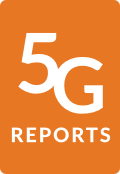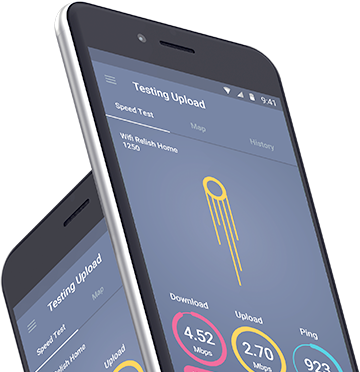Introduction
For the first time, Opensignal presents 5G awards in Australia. We have analyzed our 5G users' experience across three 5G measures: the average speed of the 5G connection when users have an active 5G link, or 5G Download Speed; the time users spend connected to 5G represented by 5G Availability; and the overall speed our 5G users experience across different generations of mobile technology, which we call Download Speed Experience – 5G Users. This last measure combines the average speeds that 5G users experience on 3G or 4G when they are not connected to 5G, with their average 5G speeds, based on the amount of time they spend connected to each generation of mobile network technology. Our 5G users have both a 5G smartphone and a 5G plan.
A key factor in Telstra’s lead on Download Speed Experience – 5G Users is the high 4G speeds our users have observed. In our Mobile Network Experience Report back in April, Telstra users observed 4G speeds that were on average at least 6.4 Mbps (14.6%) faster than that observed by their counterparts on Optus or Vodafone.
Australia’s operators have recently made a number of impressive technical achievements. For example, in February Optus switched on dual-band support for 5G, allowing its use in both the 2.3 GHz and 3.5 GHz bands, while in early May, Telstra announced that its network can support 5G standalone access (SA), which allows the latest generation of 5G smartphones to connect to 5G services without assistance from a 4G network. Telstra also has a great deal of ambition as far as coverage is concerned — the operator claims that it now covers one third of Australia’s population with 5G and is seeking to increase this to 75% by June 2021.
Vodafone’s 5G service is still very new having launched only a few months ago with initial coverage in just one location. By contrast both Telstra and Optus launched their 5G services in 2019 and so their 5G service is well established and ready to be tested. We expect Vodafone’s 5G service to be included in our next 5G Australia 5G User Experience report.




